Tarantulas, with their impressive size and distinctive hairy appearance, often evoke fear rather than thoughts of gentle companionship. However, within the diverse world of these arachnids, several species stand out for their docile temperaments and suitability for careful handling. For tarantula enthusiasts or curious beginners looking to explore this fascinating hobby, understanding which species are naturally more tolerant of human interaction can make all the difference in creating a positive experience. While no tarantula should be considered completely “tame” or handled frequently, certain species demonstrate notably calmer dispositions and less defensive behaviors, making them ideal candidates for occasional, respectful handling sessions. This article explores the most gentle tarantula species that have earned reputations as the ambassadors of the tarantula world.
Understanding Tarantula Temperament
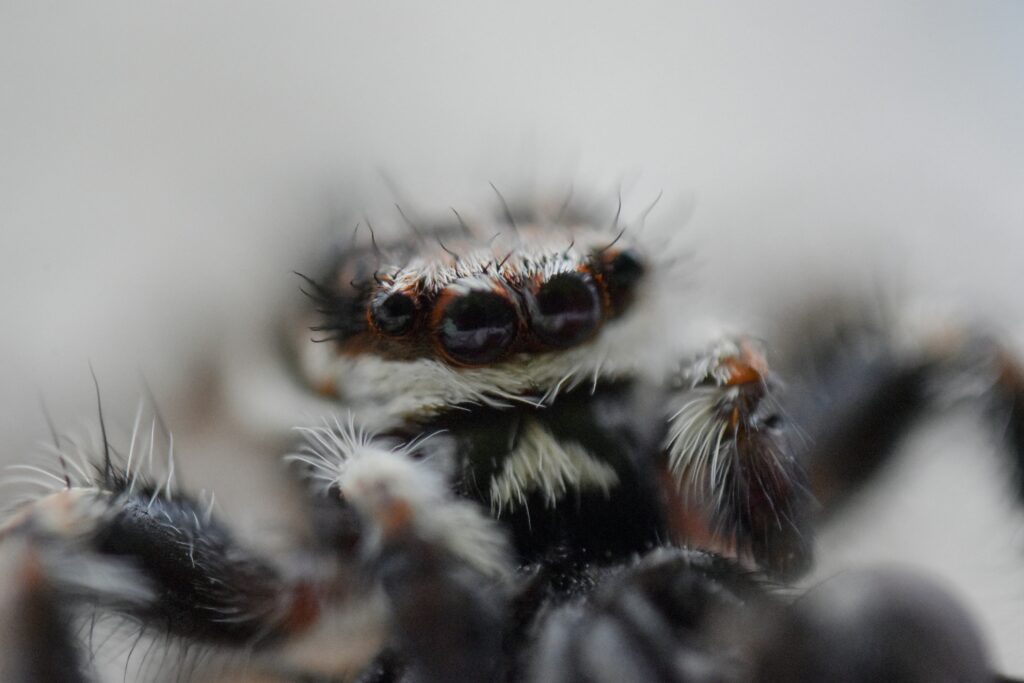
Tarantula temperament varies significantly across the more than 900 species that exist worldwide, ranging from extremely defensive to remarkably docile. This temperament spectrum is influenced by their natural habitat, evolutionary development, and individual personality variations. Species that evolved with fewer natural predators or in environments where defensive displays use valuable energy unnecessarily tend to be calmer when confronted. It’s important to recognize that even within the same species, individual tarantulas may exhibit different temperaments based on their unique experiences and genetic makeup. Understanding these nuances helps keepers set realistic expectations about their pet’s behavior and helps ensure both human and arachnid safety during any handling events.
The Chilean Rose Hair Tarantula (Grammostola rosea)
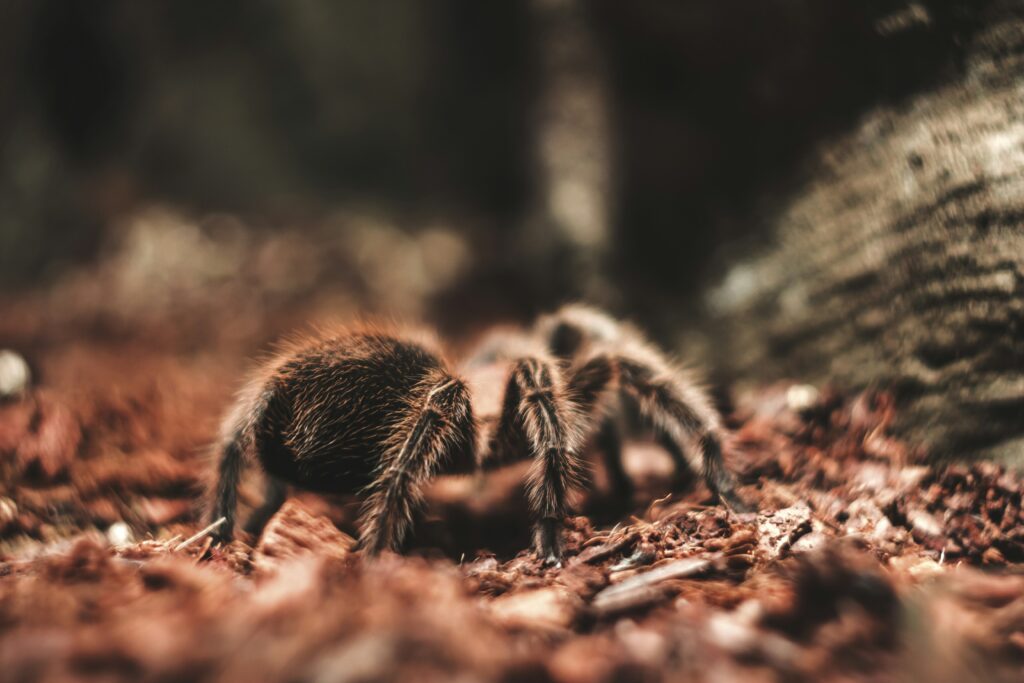
The Chilean Rose Hair tarantula has earned its place as perhaps the most recommended beginner species due to its exceptionally calm and predictable nature. Native to the desert regions of Chile, Bolivia, and Argentina, these tarantulas have evolved to conserve energy, resulting in a slow-moving and less reactive temperament. Their tendency to remain still when handled makes them ideal for novice handlers who might be nervous or unpracticed in tarantula handling techniques. Chilean Rose Hairs typically display warning behaviors before becoming defensive, giving handlers ample time to react appropriately. With their attractive dusty pink to brown coloration and moderate size of 4-5 inches, they combine aesthetic appeal with a temperament that has made them the ambassadors of the tarantula hobby for decades.
The Brazilian Black Tarantula (Grammostola pulchra)
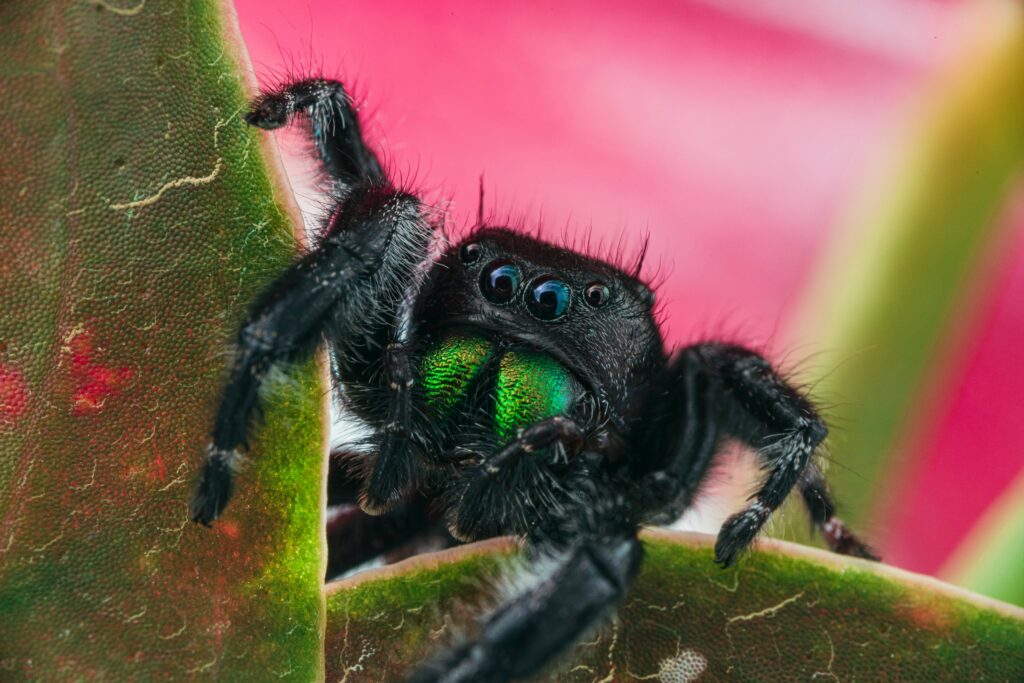
Often described as the “gentle giant” of the tarantula world, the Brazilian Black tarantula offers both striking appearance and exceptionally docile behavior. Their velvety black exoskeleton contrasts beautifully with their shiny black eyes, making them one of the most visually appealing species in the hobby. Brazilian Blacks are known for their predictable temperament and extremely low probability of defensive behaviors like threat postures or hair flicking. Their calm disposition often allows even inexperienced handlers to feel comfortable during interaction sessions. These tarantulas move deliberately and slowly, seldom making sudden movements that might startle a nervous handler. With a lifespan reaching up to 20 years for females, the Brazilian Black represents a long-term companion that consistently maintains its gentle nature throughout its life.
The Chaco Golden Knee Tarantula (Grammostola pulchripes)
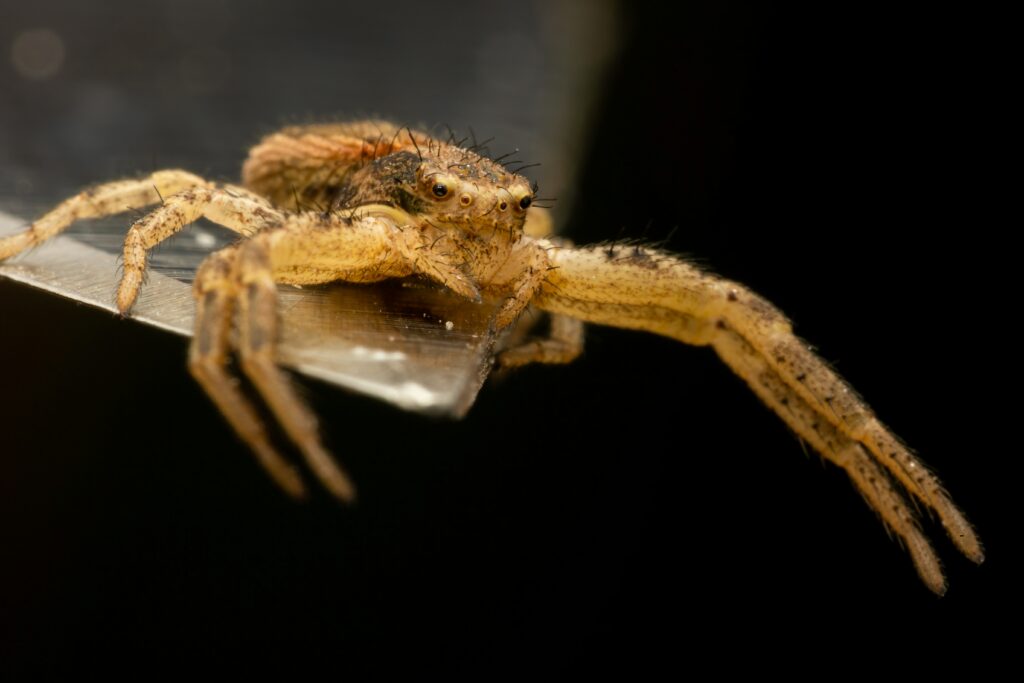
The Chaco Golden Knee tarantula combines impressive size with a remarkably gentle temperament, making it an excellent choice for keepers interested in a larger display species that can also be occasionally handled. Named for their distinctive golden patches on the “knees” of their legs, these tarantulas reach leg spans of 7-8 inches while maintaining a disposition that rarely includes defensive behaviors. Native to the dry grasslands of Paraguay and Argentina, Chaco Golden Knees have adapted to be slow-moving and deliberate in their actions. They typically demonstrate exceptional patience during handling, rarely becoming startled even when transferred from one hand to another. Their hardiness in captivity combined with their tolerant nature has made them increasingly popular as both display animals and handleable companions.
The Mexican Red Knee Tarantula (Brachypelma hamorii)

The Mexican Red Knee tarantula is often the species that appears in movies and educational programs due to its stunning appearance and reliably calm behavior. Their striking black bodies adorned with vibrant orange-red knee patches make them instantly recognizable even to those unfamiliar with tarantulas. Native to the Pacific coast of Mexico, these tarantulas have evolved a generally calm approach to potential threats, preferring to retreat rather than aggressively defend. When handled, Mexican Red Knees typically move slowly and deliberately, rarely making unpredictable movements that might cause handling accidents. Their tendency to remain stationary for long periods makes them excellent subjects for educational demonstrations or photography sessions. While they may kick urticating hairs if severely stressed, they rarely resort to this defense mechanism during gentle handling situations.
The Antilles Pinktoe Tarantula (Caribena versicolor)
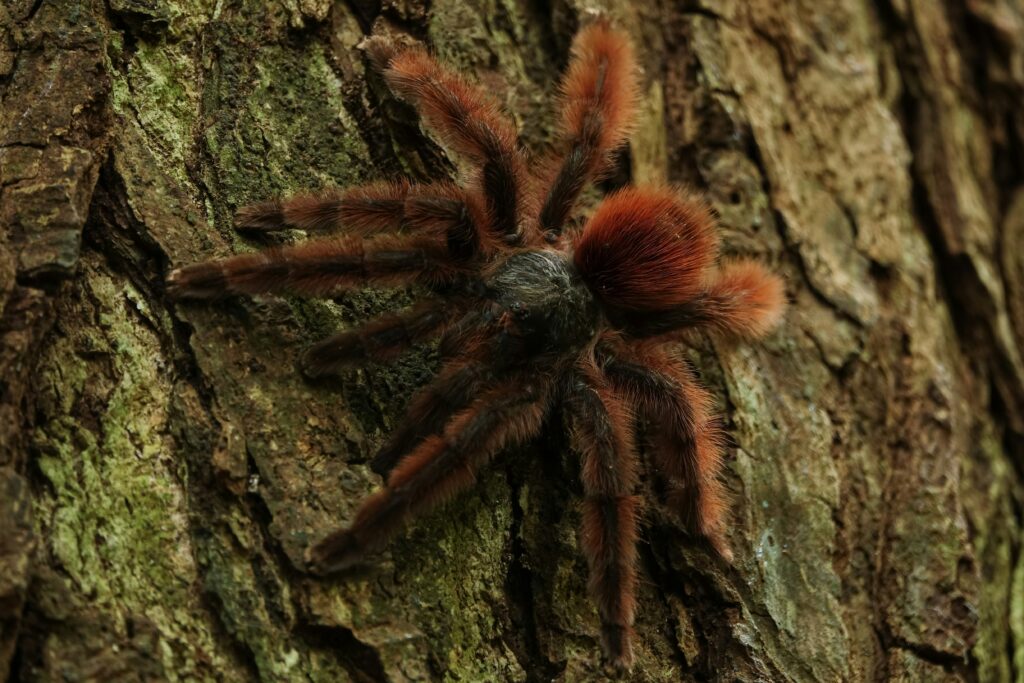
Unlike most handleable tarantulas that are terrestrial species, the Antilles Pinktoe offers the opportunity to interact with an arboreal (tree-dwelling) species known for its generally calm nature. These tarantulas begin life with a stunning electric blue coloration that transitions through various shades as they mature, eventually developing into a mix of pink, green, and purple hues. Native to Martinique in the Caribbean, Pinktoes are known for their quick but predictable movements, which, while faster than terrestrial species, remain manageable for careful handlers. Their lightweight bodies and delicate build mean they exert very little pressure when walking across a handler’s skin, creating a unique sensory experience. While they may move more actively during handling than some terrestrial species, they rarely display defensive postures or attempt to bite, preferring to use their speed to retreat from perceived threats.
The Curly Hair Tarantula (Tliltocatl albopilosus)
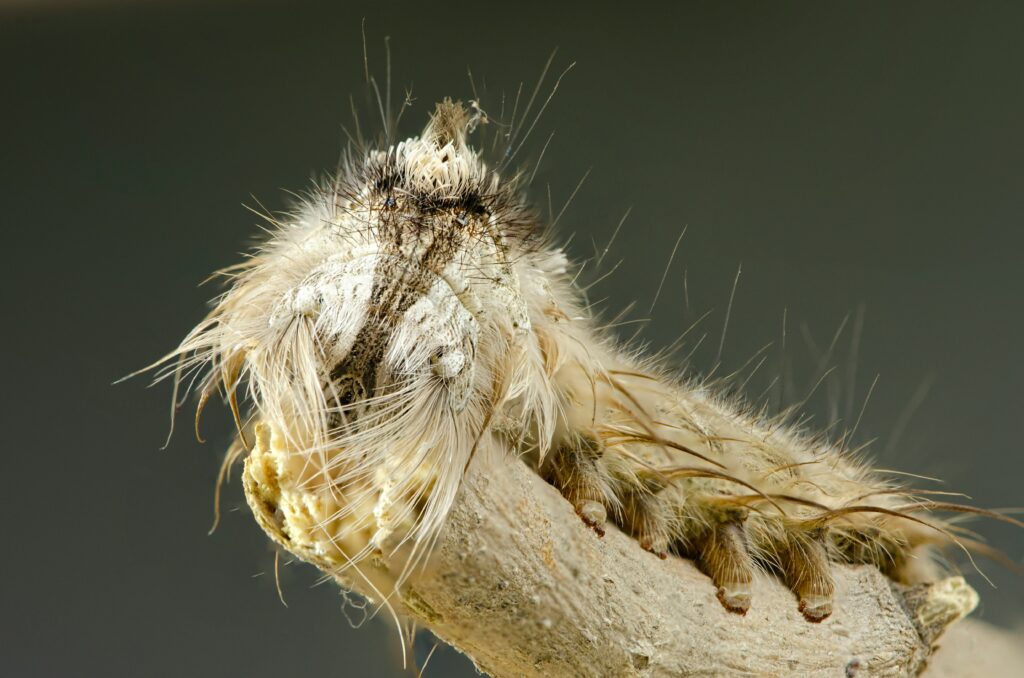
The Curly Hair tarantula earns its name from the distinctive curled setae (hairs) covering its body, giving it a uniquely fuzzy appearance that many enthusiasts find endearing. This Central American species combines visual appeal with a temperament that makes it exceptionally suitable for handling experiences. Curly Hairs typically display a calm, methodical walking pace when handled and rarely exhibit startle responses even when experiencing minor disturbances. Their docile nature extends to feeding time, where they show none of the defensive aggression that characterizes many other species. When feeling threatened, a Curly Hair’s first response is typically to remain motionless rather than flee or display defensive posturing. This predictable behavior pattern, combined with their moderate size of 5-6 inches, creates an ideal balance of impressive appearance and manageable temperament for those new to tarantula handling.
Proper Handling Techniques
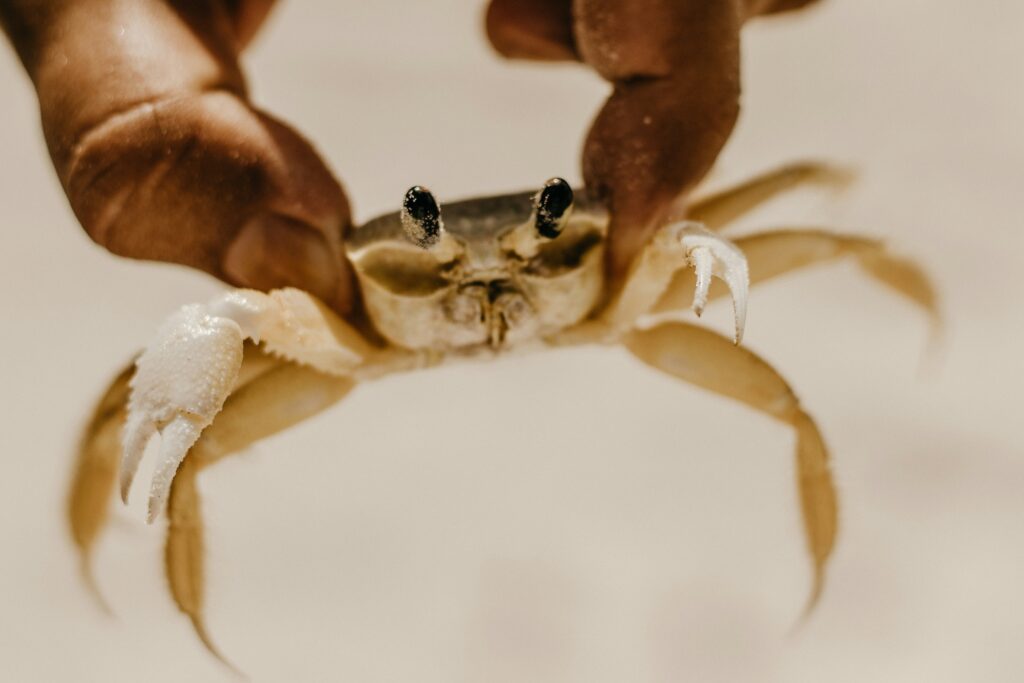
Even the gentlest tarantula species require proper handling techniques to ensure both human and arachnid safety during interaction. The most important principle is to always handle tarantulas close to the ground or over a soft surface to prevent injuries from accidental falls, which can be fatal to these delicate creatures. Tarantulas should never be grasped or picked up, but rather gently guided onto an open palm from behind using slow, deliberate movements. Handlers should remain calm and breathe normally, as tarantulas can sense agitation through subtle movements and changes in air currents. It’s essential to wash hands before handling to remove any potentially harmful residues from soaps, lotions, or foods that could harm the tarantula’s sensitive exoskeleton. After handling, it’s advisable to return the tarantula to its enclosure by slowly lowering your hand into the habitat and allowing the spider to walk off at its own pace.
Reading Tarantula Body Language
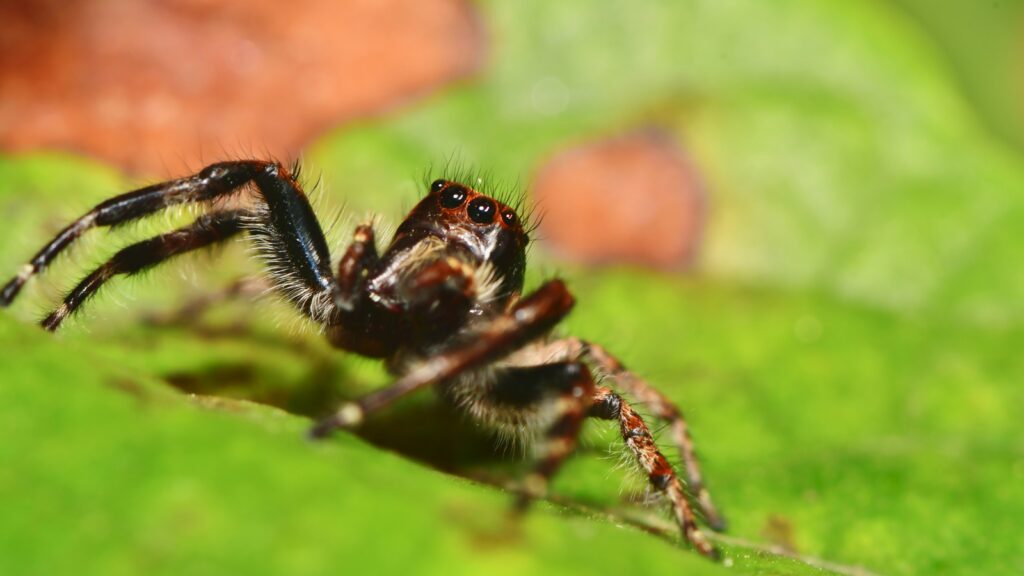
Understanding tarantula body language is crucial for identifying when a normally docile species may not be receptive to handling. A tarantula raising its front legs and revealing its fangs (known as a threat posture) is clearly communicating that handling should be postponed. More subtle signs include rapid movement of the pedipalps (small appendages near the mouth), which often indicates agitation or stress. Hair flicking, where the tarantula uses its back legs to dislodge urticating hairs, represents another important warning sign that the spider is feeling threatened and may escalate defensive behaviors if handling continues. Some tarantulas will tap their front legs rapidly when disturbed, which serves as an early indication of potential stress before more obvious defensive displays begin. Learning to recognize these signals allows handlers to respect their tarantula’s boundaries and only attempt handling when the spider is displaying calm, relaxed body language.
The Arizona Blonde Tarantula (Aphonopelma chalcodes)

The Arizona Blonde tarantula represents one of North America’s native contributions to the list of exceptionally docile tarantula species suitable for handling. Their name derives from the distinctive blonde carapace (head region) that contrasts beautifully with their darker legs and abdomen. As a desert species adapted to the harsh conditions of the southwestern United States, Arizona Blondes have evolved a calm, slow-moving approach to conserve energy in their resource-scarce natural environment. This evolutionary adaptation translates well to captivity, where they display remarkable tolerance for gentle handling with minimal defensive reactions. Female Arizona Blondes can live for 25+ years, offering the opportunity for an exceptionally long-term relationship with a consistently gentle tarantula companion. Their moderate size of 4-5 inches makes them large enough to be impressive without being intimidating to those new to handling these fascinating arachnids.
The Brazilian White Knee Tarantula (Acanthoscurria geniculata)
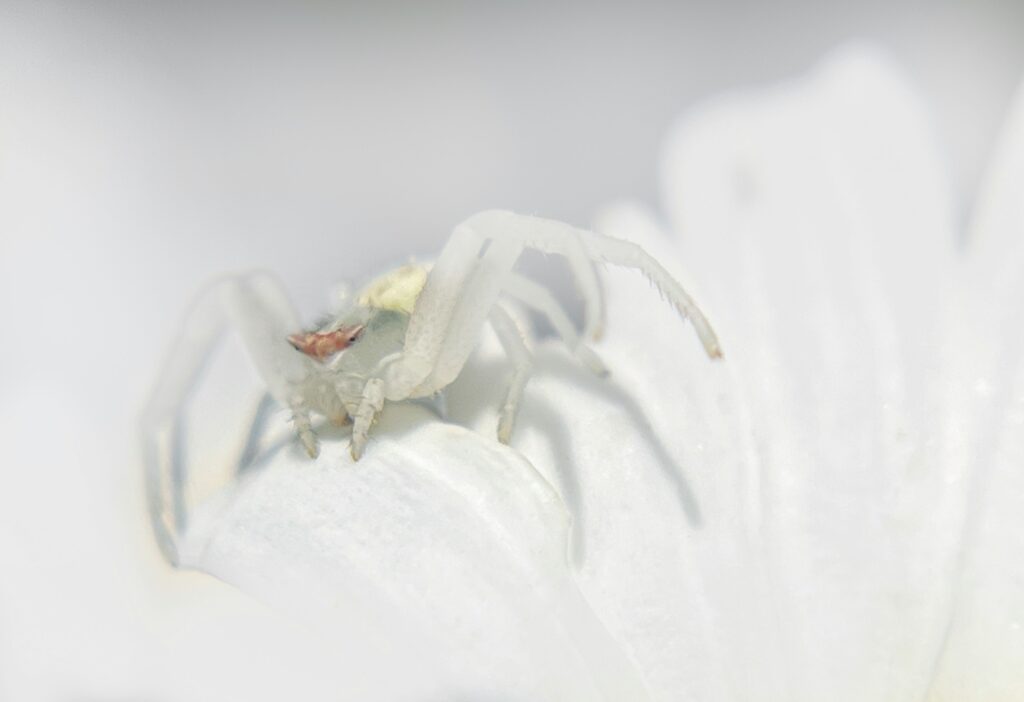
While slightly more energetic than some others on this list, the Brazilian White Knee tarantula has earned its place among handleable species due to its generally predictable temperament despite its imposing size. These impressive arachnids feature striking black bodies adorned with distinctive white stripes on their leg joints, growing to leg spans exceeding 8 inches. Their larger size requires more experienced handling, but their temperament typically remains consistent and rarely includes unprovoked defensive behaviors. Brazilian White Knees tend to be excellent display tarantulas who will confidently explore while being handled rather than remaining stationary, making them engaging subjects for educational demonstrations. Their robust build and confident movements create a different handling experience compared to more sedentary species, offering an excellent intermediate step for those looking to gradually work with more active tarantulas.
When to Avoid Handling

Even the most docile tarantula species have specific periods when handling should be strictly avoided to ensure their health and safety. The weeks surrounding a molt (shedding of the exoskeleton) represent a particularly vulnerable time when a tarantula’s new exoskeleton is soft and prone to damage, making handling potentially fatal during this period. Female tarantulas that have produced an egg sac should never be disturbed, as handling stress could cause them to abandon or destroy their eggs. Tarantulas that have recently eaten should be given at least 48 hours to digest before any handling attempts, as disturbances during digestion can cause regurgitation that risks the spider’s health. Any tarantula displaying signs of illness such as unusual posture, lethargy, or refusal to eat should receive minimized disturbance until their condition improves. Respecting these biological limitations ensures that handling remains a safe experience that doesn’t compromise the wellbeing of these remarkable creatures.
Species to Absolutely Avoid Handling
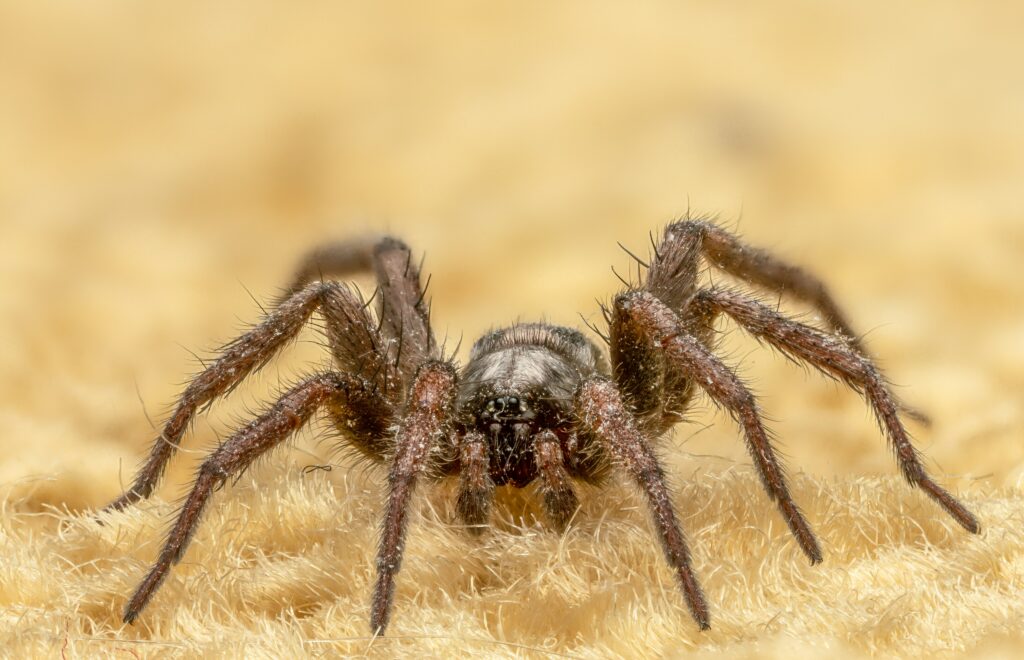
Understanding which tarantula species are unsuitable for handling is just as important as knowing the gentle species that can be occasionally handled. Old World species (from Africa, Asia, and Europe) generally possess more potent venom and lack urticating hairs, making their primary defense a potentially medically significant bite. Species like the Orange Baboon Tarantula (Pterinochilus murinus), commonly called “OBTs” or “Orange Bitey Things” in the hobby, are notorious for their defensive nature and lightning-fast movements. The Cobalt Blue Tarantula (Cyriopagopus lividus) combines potent venom with an extremely defensive temperament and unpredictable bursts of speed. Australian tarantulas, despite their impressive size and beauty, possess venom that can cause severe symptoms in humans and should never be handled. Understanding the stark temperament differences between handleable New World species and their more defensive Old World counterparts helps keepers make appropriate choices and maintain respect for the natural behaviors of these fascinating arachnids.
The Future of Handleable Tarantulas

The ongoing popularity of gentle tarantula species has influenced breeding programs and availability in the pet trade, creating interesting considerations for the future of these arachnids as pets. As wild collection becomes increasingly restricted through conservation efforts, captive breeding programs focusing on docile species with established handling records continue to expand. This selective breeding may gradually enhance the temperament characteristics that make certain species ideal for human interaction while ensuring genetic diversity is maintained. The growing community of tarantula enthusiasts continues to document and share observations about individual variations within species, creating a more nuanced understanding of which specific bloodlines may produce consistently calmer offspring. As scientific understanding of tarantula behavior evolves through both hobbyist observations and formal research, the hobby may develop even more refined approaches to identifying and working with the gentle giants of the tarantula world that can safely bridge the gap between humans and these fascinating arachnids.
In conclusion, while tarantulas may never be considered traditional “cuddly” pets, certain species have earned well-deserved reputations for their gentle dispositions and suitability for occasional, careful handling. The Chilean Rose Hair, Brazilian Black, Chaco Golden Knee, and other species highlighted in this article represent the ambassadors of the tarantula world, helping to transform fear into fascination for countless enthusiasts. By selecting these naturally docile species, practicing proper handling techniques, and respecting the biological limitations of these fascinating arachnids, keepers can enjoy meaningful interactions with some of nature’s most misunderstood creatures. Whether for educational purposes or personal enjoyment, these gentle giants offer a unique opportunity to connect with the remarkable diversity of the natural world in a safe and respectful manner.

